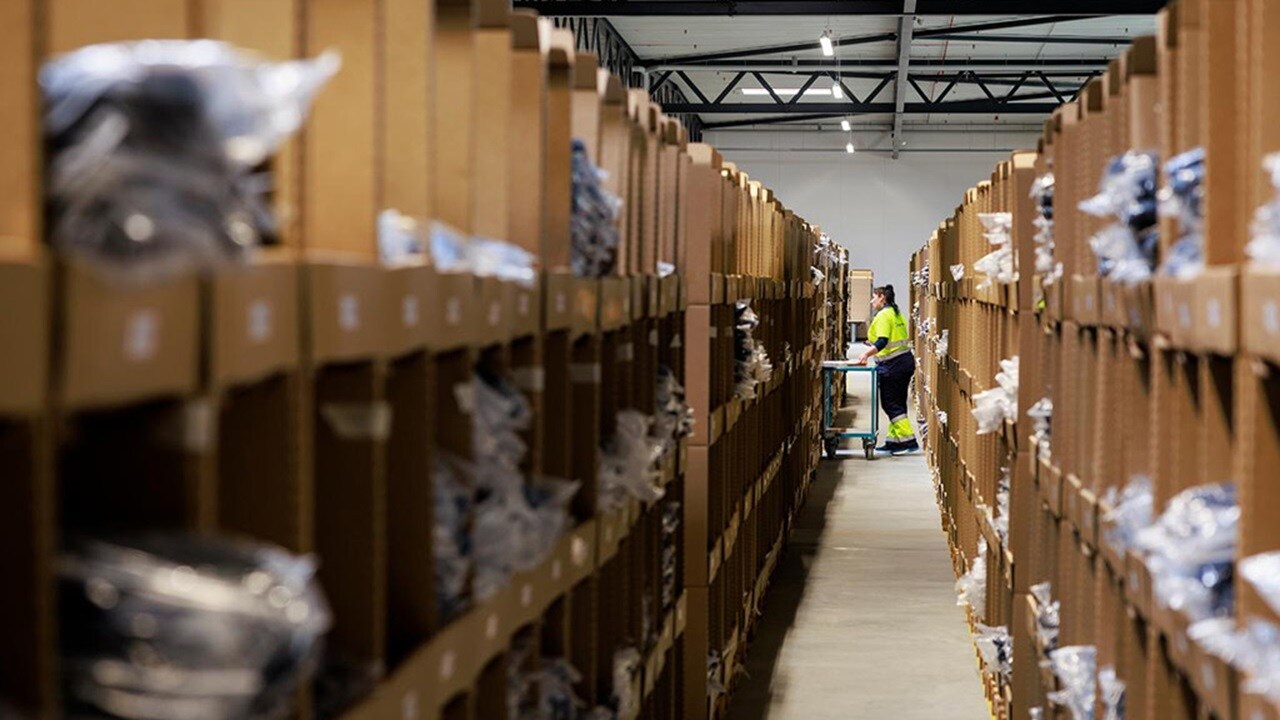When looking at the 2024 trend for warehousing and distribution, automation, visibility and data optimisation were among the most cited predictions. How did these change through the first half of the year? Well into the year, the availability of space in some regions of the world is currently shrinking. In this area, the price for warehousing space has been increasing quite significantly, affecting local economies, and prompting the re-negotiation of leases. To adjust to these changes, warehousing has a special card up its sleeve: flexibility.
What is flexible warehousing?
When talking about flexibility in warehousing, the industry refers to the capability warehouses today have of:
- speed up
- slow down
- divert
With the smart use of inventory, these three options are available for brands and allow them to adjust to their needs at a specific point in time. The use of these techniques needs to be well calibrated as if a cargo delivery is slowed too much, it is going to directly affect the overflowing in a distribution centre, while if you speed it up too much, it might lead to the need for extra resources or equipment and therefore additional cost.
In order to finetune this balance the use of data is vital. “Data allows companies for better visibility and that brings true control on warehousing and distribution,” says Simon Oxley, Global Head of Business Development for Maersk Contract Logistics. Visibility gives brands the opportunity to make decisions and then act. To be able to view the transportation legs even before and after the use of flexible warehousing and being on top of one’s inventory means knowing where a specific cargo is needed, when is needed, and what outcome its delivery will have on the overall plan.
How does flexible warehousing look like?
Imagine it’s Wimbledon, and your favourite tennis player wins while sporting the latest sneakers. It’s a massive hit, orders are flowing, so the producing brand needs more stock of that specific shoe. The need here from the company is to speed up their supply chain, perhaps transhipping the product faster in the ports, to reach awaiting customers. Such flexibility could be achieved by changing ports, or changing from vessel to aircraft, or rail, for a multimodal solution. In the case in which a brand needs to instead slow down its supply chain, let’s say if demand is lower, it can be done by diverting and leaving cargo at the port side, then boarding it onto a slower vessel that is calling at more stops.
By having the opportunity to flex their supply chains like this according to their needs, brands can truly sell at the right time - in the right place, with the right product.The technology boosting warehousing space
To be able to get this kind of visibility, and therefore achieve flexible warehousing, means also having the right technology to process the data.
How data works with the latest technology today is that it allows businesses to collect data points across the whole supply chain and, therefore have specific visibility on their cargo movements, boosting its strategical allocation. Through precise collection and analysis, alternative solutions can be generated and identified, pointing towards a better course of action.
- Inventory software: If a brand is forced to make changes to its supply chain, such as redirecting purchase orders to different locations, creating different purchase orders to go out to a specific store or a different one, redirecting stock to different retailers or wholesalers, etc.
- Automated systems: are able to identify the best possible scenarios for different pieces of inventory. Constantly evolving, automation allows to speed up efficiency, and it works while controlled by the right global software so that inventory levels in all the facilities are visible.
- Artificial intelligence (AI): is starting to make its way into warehousing and distribution, commencing to revolutionise and impact as it does in every single industry. AI can help with identifying sorting scenarios, define unseen solutions for more efficiency, and recommend changes to factory ordering patterns.

What can we expect in the future for flexible warehousing and distribution?
Today, flexible warehousing and distribution is gaining more attention. To allow for the possibility to speed up, slow down or divert, the use of automation is increasing, by proxy accelerating the level of flexibility in distribution centres. As technology gets better another phenomenon is taking over: mega projects. The terms refer to warehousing and distribution facilities of very big sizes. Following this trend, warehousing space under construction is now projected to cover up to more than 100,000 square metres, augmenting automation, and handling more products while efficiently managing multiple customers.
In order to achieve and maintain flexibility in warehousing - especially if working with this size warehousing facilities - companies are moving to working with one integrated provider across their supply chain, to have the ease of dealing with only one point of contact. The ability to rely on a globally experienced partner allows for this flexibility and ensures that there is support when needed.
未来,您想随时了解必读行业趋势吗?
您已经完成了,欢迎“登船”!
很抱歉,发送您的联系请求时出现问题。
请查看表单字段,确保所有已正确填写所有必填信息。如果问题仍然存在,请联系我们的支持团队以获得进一步的帮助。
未来,您想随时了解必读行业趋势吗?
使用此表格注册,即可直接在您的邮箱中接收我们的洞察见解,进入一个真正的综合物流世界。简单操作,即从我们为您量身定做的精选文章中获得启发,了解相关行业洞察信息。您可以随时取消订阅。
I agree to receive logistics related news and marketing updates by email, phone, messaging services (e.g. WhatsApp) and other digital platforms, including but not limited to social media (e.g., LinkedIn) from A. P. Moller-Maersk and its affiliated companies (see latest company overview). I understand that I can opt out of such Maersk communications at any time by clicking the unsubscribe link. To see how we use your personal data, please read our Privacy Notification.
By completing this form, you confirm that you agree to the use of your personal data by Maersk as described in our Privacy Notification.













